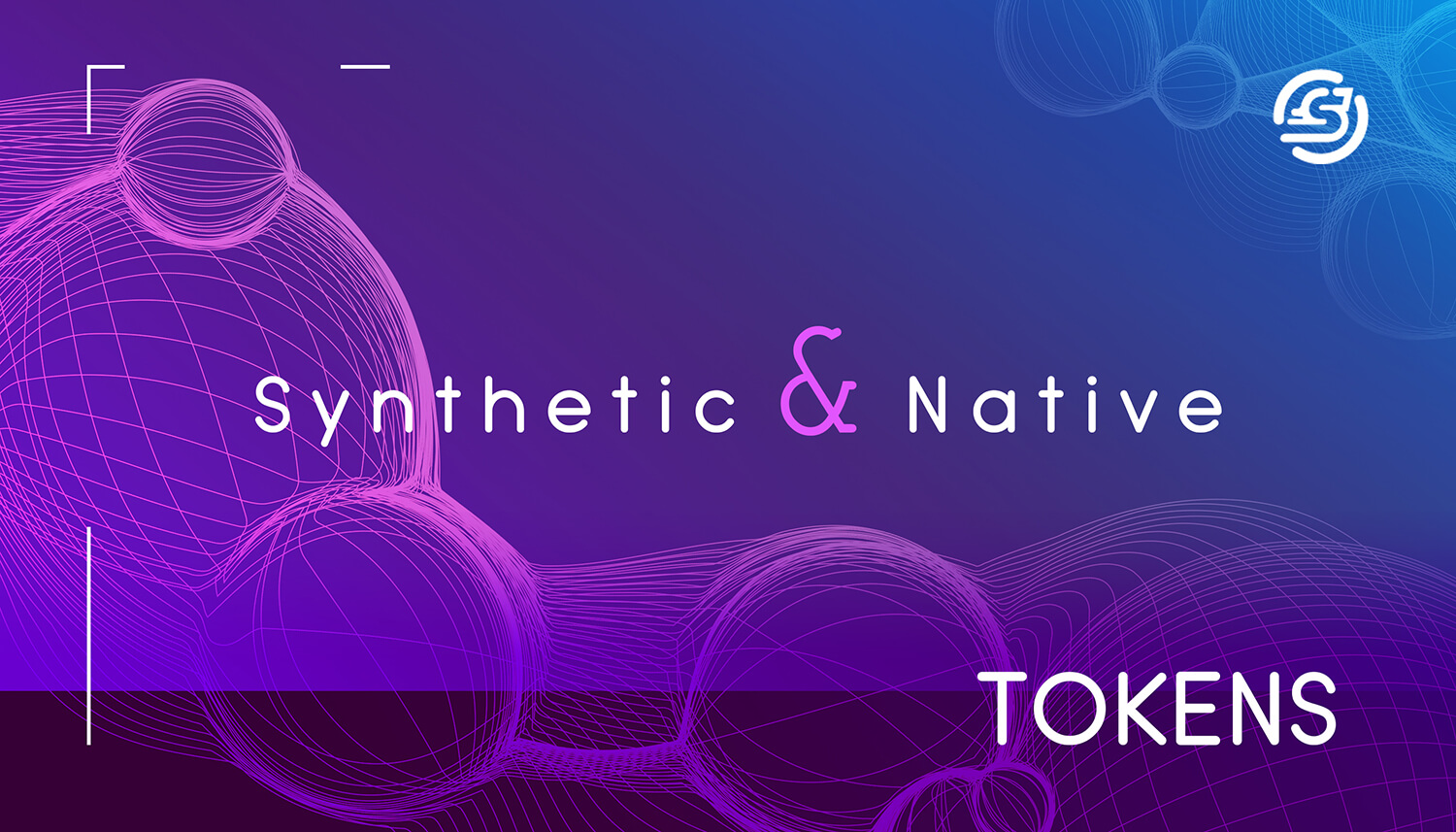Introduction
Synthetic tokens, otherwise known as “wrapped” tokens, are digital assets which are established on one chain and symbolize the value of an asset on another blockchain. To give an illustration, a WBTC (Wrapped Bitcoin Token) is a token built on the Ethereum blockchain which stands for the worth of a Bitcoin on the Bitcoin blockchain.
On the contrary, “actual” tokens are native tokens that are generated and exist on the same blockchain. For instance, Bitcoin is a native token on the Bitcoin chain, while Ether is a native token on the Ethereum blockchain.
There are several contrasts between synthetic tokens and genuine tokens:
- Reliability: Synthetic tokens require a third gathering to hold the hidden resource and issue the wrapped token. This implies that there is an element of trust related to utilizing synthetic tokens. Then again, local tokens don’t require trust in a third party, as the worth is straightforwardly attached to the blockchain and can be confirmed on the blockchain.
- Fluidity: Synthetic tokens may have lower liquidity contrasted with local tokens, as they are not as widely utilized or acknowledged. This can make it harder to purchase or sell synthetic tokens, as there may not be as numerous purchasers or venders.
- Charges: Synthetic tokens may likewise bring about higher expenses contrasted with local tokens. This is on the grounds that the cycle of making and keeping up synthetic tokens includes different gatherings, for example, the third party custodian and the blockchain that the synthetic token is made on.
- Interoperability: Native tokens that originate from blockchain technology can be conveniently exchanged between wallets and exchanges. On the contrary, synthetic tokens may encounter problems with being compatible with all wallets and exchanges.
Synthetic tokens come with a few downsides when compared to the native tokens. Although they can provide a certain level of comfort and convenience, they also require more trust and may have lower liquidity and higher fees. Consequently, it is often wiser to use native tokens instead of synthetic tokens when possible.
Exchanging Synthetic Tokens for their Native Blockchain on a Decentralized Exchange (DEX) A decentralized exchange (DEX) is a viable way to convert synthetic tokens back to their native blockchain.
The DEX
A DEX is an online platform that enables individuals to buy and sell digital currencies without the involvement of any centralized entity. A DEX can be utilized to substitute a synthetic token to its native blockchain as shown below:
- To exchange one token for another, you need to use a decentralized exchange (DEX) that allows both types of tokens. For example, if you have Wrapped Bitcoin (WBTC) and want to swap it for Bitcoin, you will need to find a DEX that supports both.
- Once you have done that, sign up with the DEX and follow their instructions to verify your account (if necessary). • Afterwards, transfer your synthetic token to the DEX. Make sure to provide the DEX with the address of the wallet where you are storing the synthetic token.
- After the synthetic token has been shifted to the DEX, you can then exchange it for the native blockchain you want. For example, if you have WBTC and want to swap it for Bitcoin, you can trade your WBTC for Bitcoin on the DEX.
The DEX will then send the native blockchain to your wallet. It is crucial to make sure to provide the DEX with the accurate wallet address for the native blockchain you are receiving.
It is crucial to remember that the method of exchanging synthetic tokens to their original blockchain may differentiate depending on the DEX employed. Make sure to attentively read the directions given by the DEX and observe the most excellent conventions for safely keeping and handling your cryptocurrencies.


 Scalescore
Scalescore






